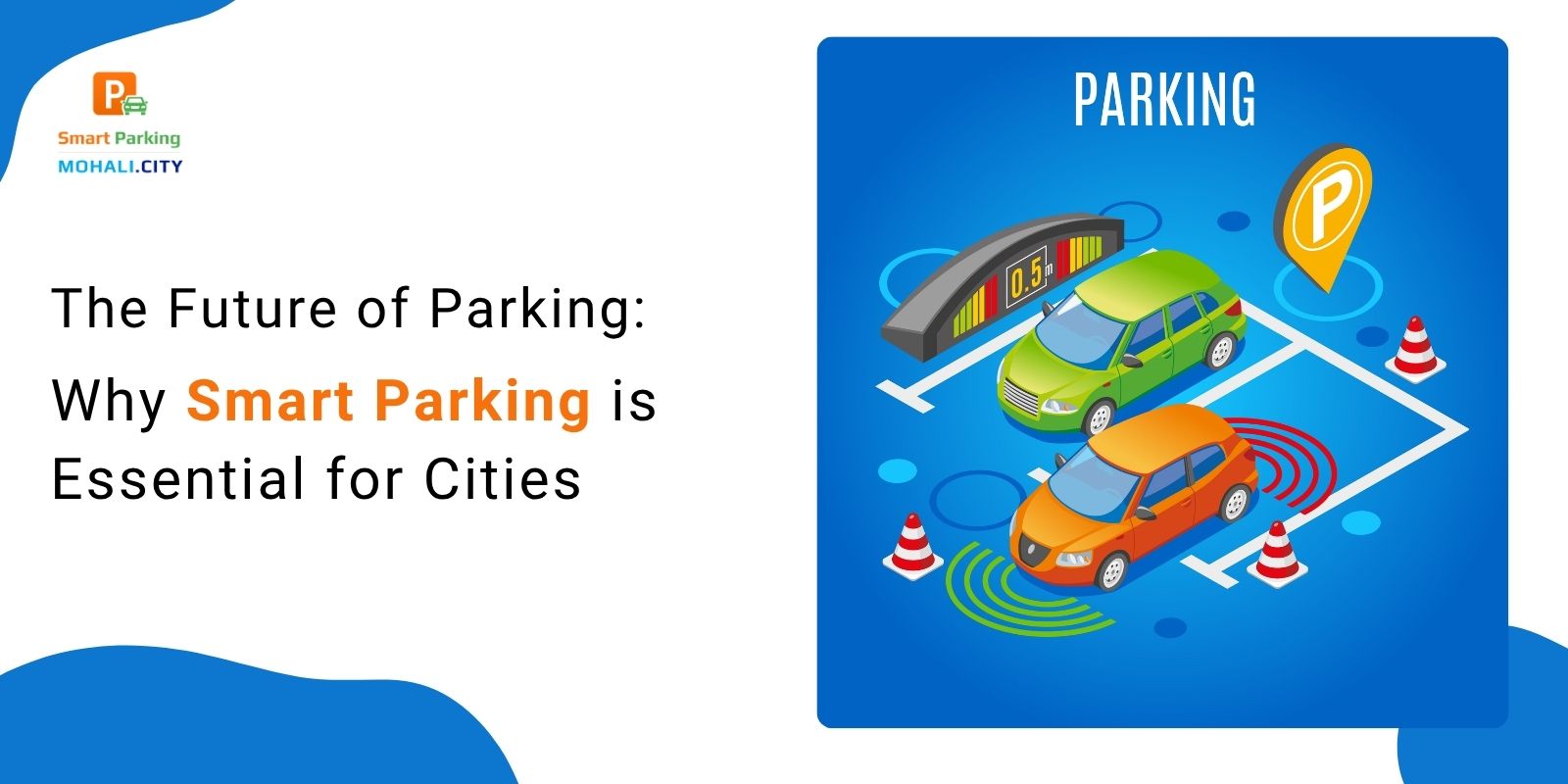As cities grow more crowded and urban mobility becomes increasingly complex, traditional parking infrastructure is proving to be outdated and inefficient. From endless circling for parking to increased congestion and pollution, these challenges are affecting quality of life, economic activity, and sustainability.
Enter smart parking—a transformative solution using real-time data, Internet of Things (IoT) devices, mobile technology, and automation to revolutionize urban parking. At jiSECURE, we believe smart parking isn’t just a trend—it’s a critical piece of future-ready urban infrastructure.
In this blog, we’ll explore why smart parking is essential for modern cities and how it plays a pivotal role in shaping a more sustainable, connected, and efficient urban future.
1. Tackling Urban Congestion Head-On
One of the biggest problems in growing cities is traffic congestion. According to global transport studies, up to 30% of city traffic comes from drivers searching for parking. This not only wastes time but also creates unnecessary gridlock and driver frustration.
Smart parking systems use IoT sensors and real-time analytics to track space occupancy and guide drivers to the nearest available spot via mobile apps or digital signage. By dramatically reducing the time it takes to find parking, cities can:
- Decrease traffic volume
- Enhance road safety
- Improve public transit flow
2. Supporting Sustainability Goals
Environmental sustainability is a top priority for city governments worldwide. Vehicle idling and unnecessary driving due to inefficient parking systems contribute significantly to air pollution and greenhouse gas emissions.
Smart parking reduces environmental impact by:
- Lowering carbon emissions
- Decreasing fuel consumption
- Encouraging use of electric vehicles (with EV-compatible parking systems)
Cities investing in smart parking align with global climate goals and demonstrate their commitment to cleaner, healthier urban environments.
3. Boosting Urban Mobility and Economic Activity
A lack of reliable parking options can discourage people from visiting urban centers—hurting local businesses and decreasing foot traffic. Smart parking creates a more accessible city by:
- Making parking more predictable and hassle-free
- Allowing for reservation-based or dynamic pricing to manage demand
- Enabling smoother turnover of parking spaces in busy districts
With smart parking in place, cities can increase downtown traffic without increasing congestion, supporting local economies and improving quality of life.
4. Data-Driven Urban Planning
Smart parking systems generate vast amounts of valuable data—from occupancy rates and peak usage times to payment behavior and traffic flow patterns. City planners and decision-makers can use this data to:
- Plan new infrastructure more effectively
- Adjust pricing based on demand in real time
- Identify underutilized spaces or overburdened areas
This real-time insight allows for responsive governance and better long-term investment in public spaces and transportation networks.
5. Improving Public Safety and Compliance
Smart parking isn’t just about convenience—it also enhances safety and enforcement. With features like license plate recognition (LPR), automated ticketing, and zone management, municipalities can:
- Reduce illegal parking
- Enforce regulations more efficiently
- Improve emergency vehicle access
By automating enforcement and increasing compliance, cities reduce administrative costs and free up resources for other urban priorities.
The Road Ahead: A Smart Parking Future
The smart city of the future will rely on a highly interconnected network of systems—from public transit and ride sharing to sustainable energy and waste management. Parking is no exception. Investing in smart parking technology is no longer optional—it’s essential.
Cities that embrace smart parking now will reap benefits in the form of:
- Reduced congestion
- Higher resident satisfaction
- Greater economic resilience
- Better environmental outcomes
Conclusion
Smart parking is more than just a technological upgrade—it’s a necessity for modern, livable cities. It brings together sustainability, efficiency, and convenience in one powerful package.
















Share this post on: